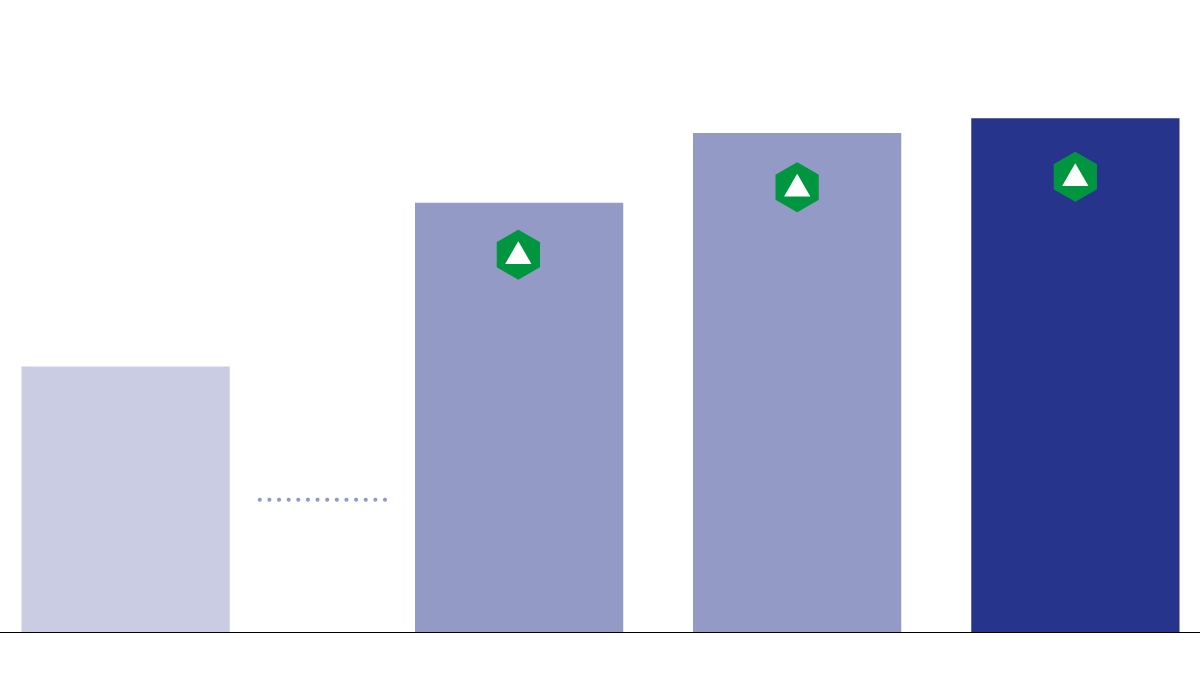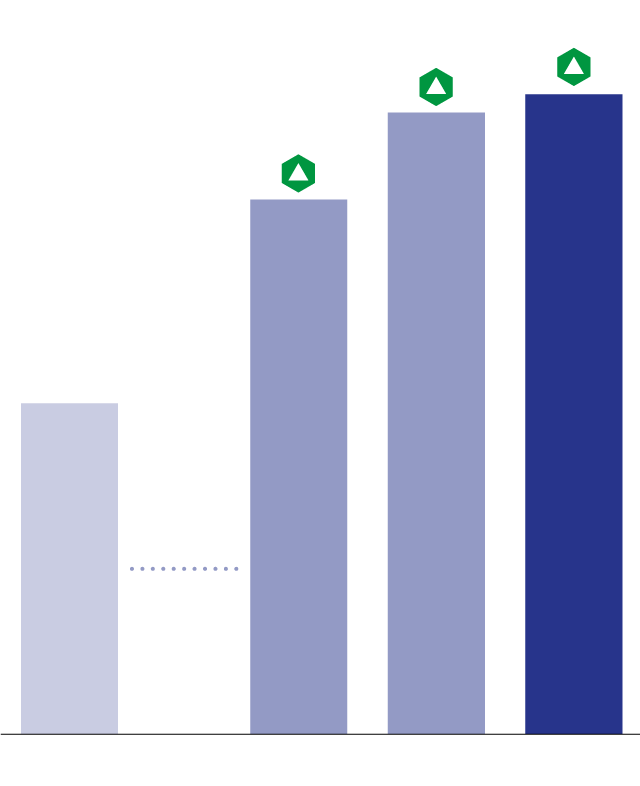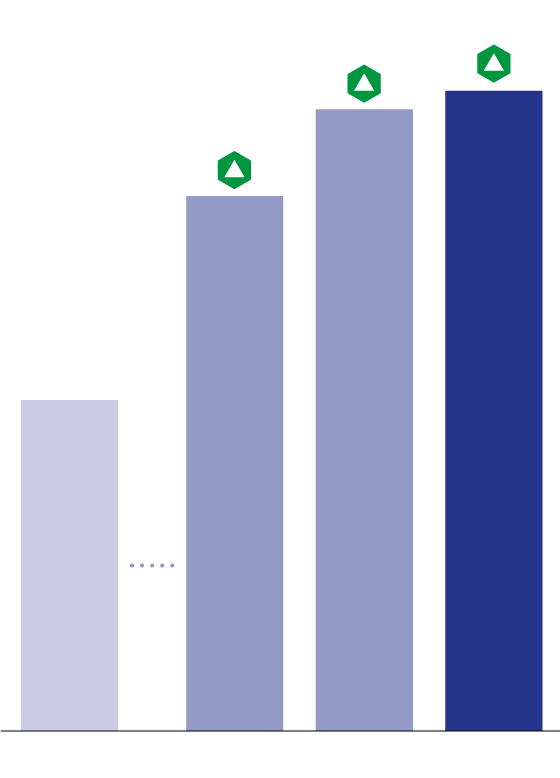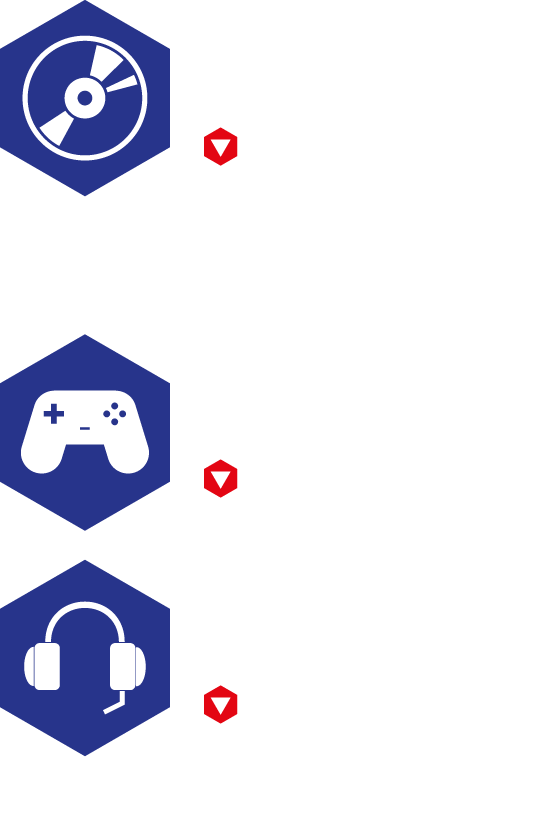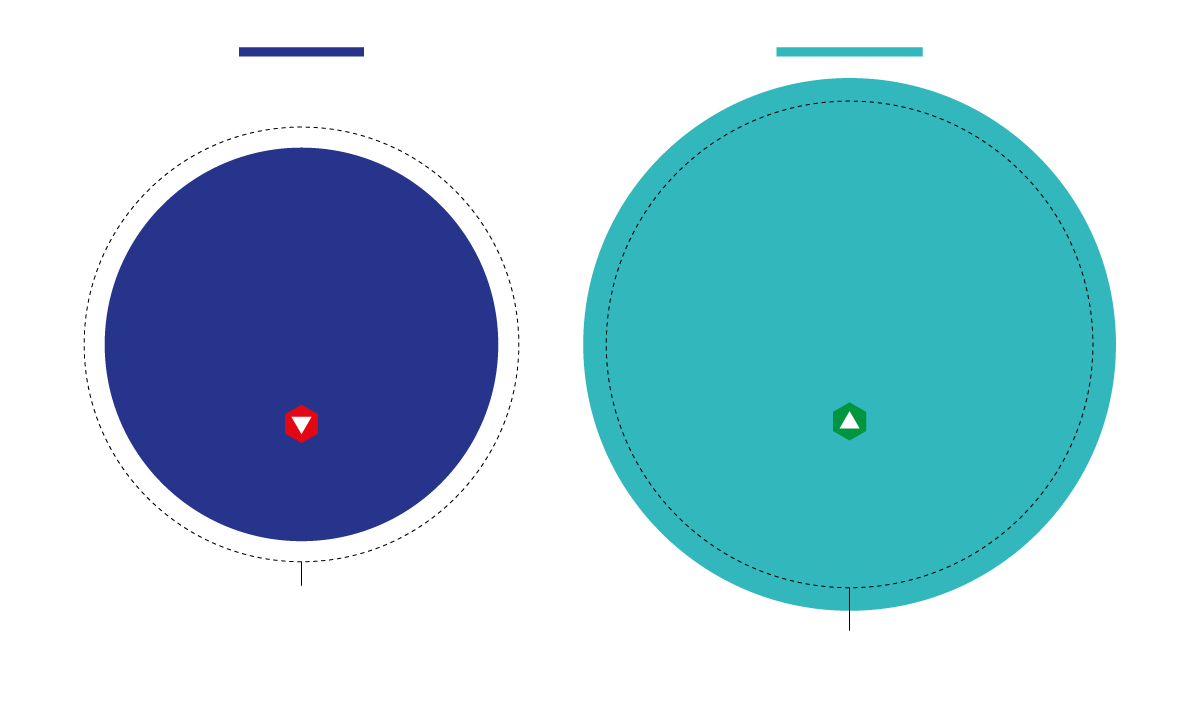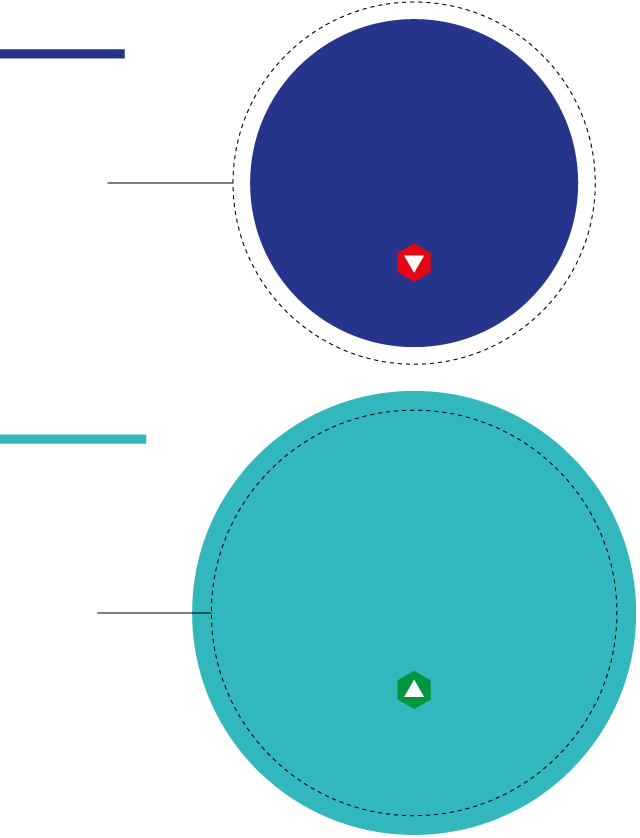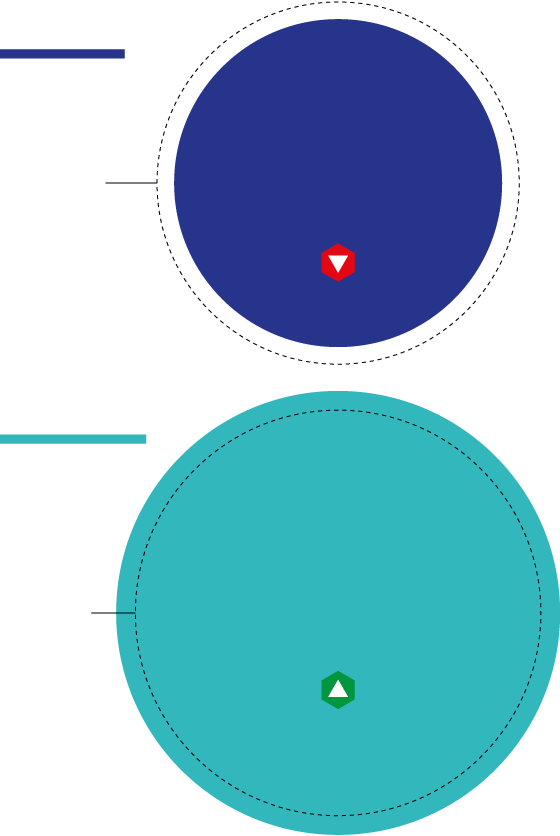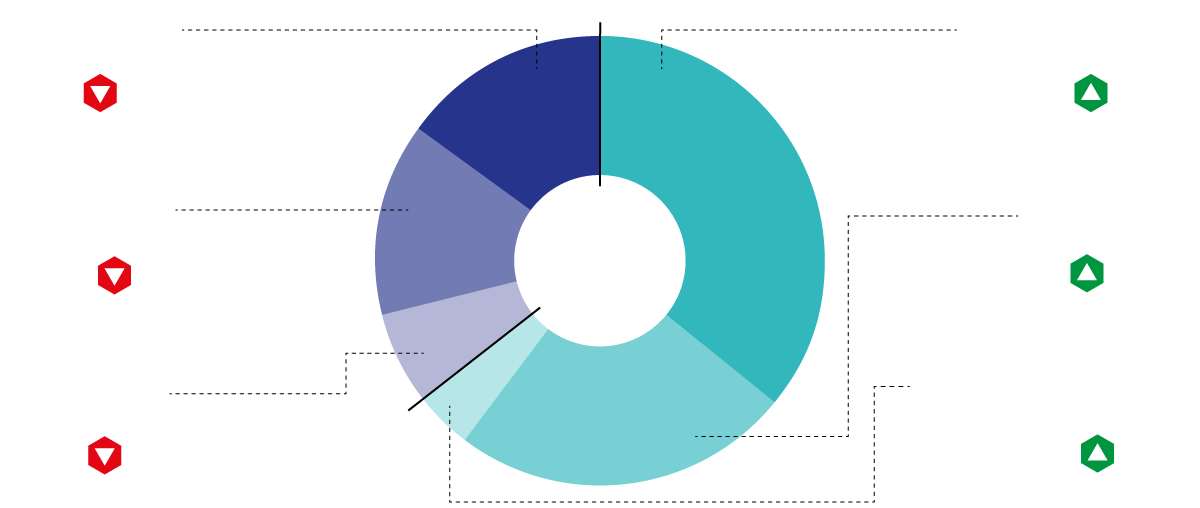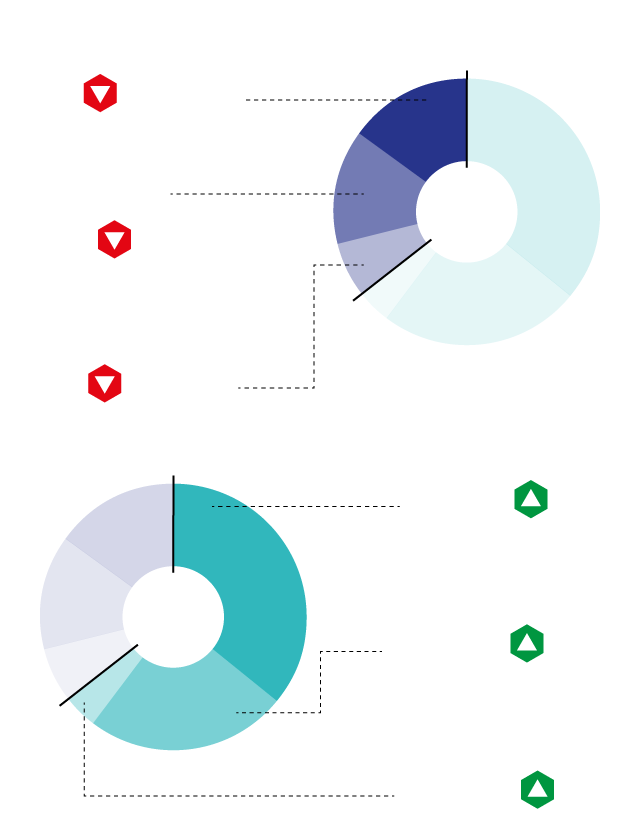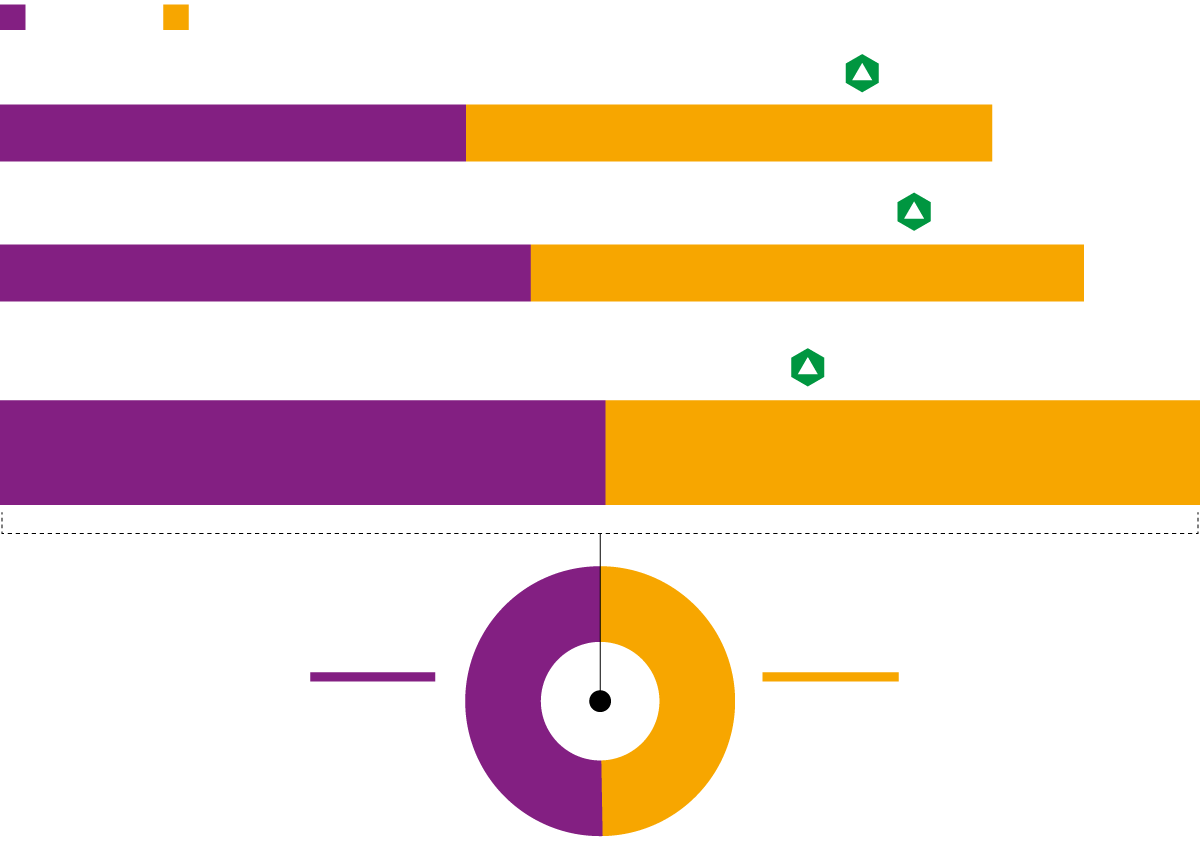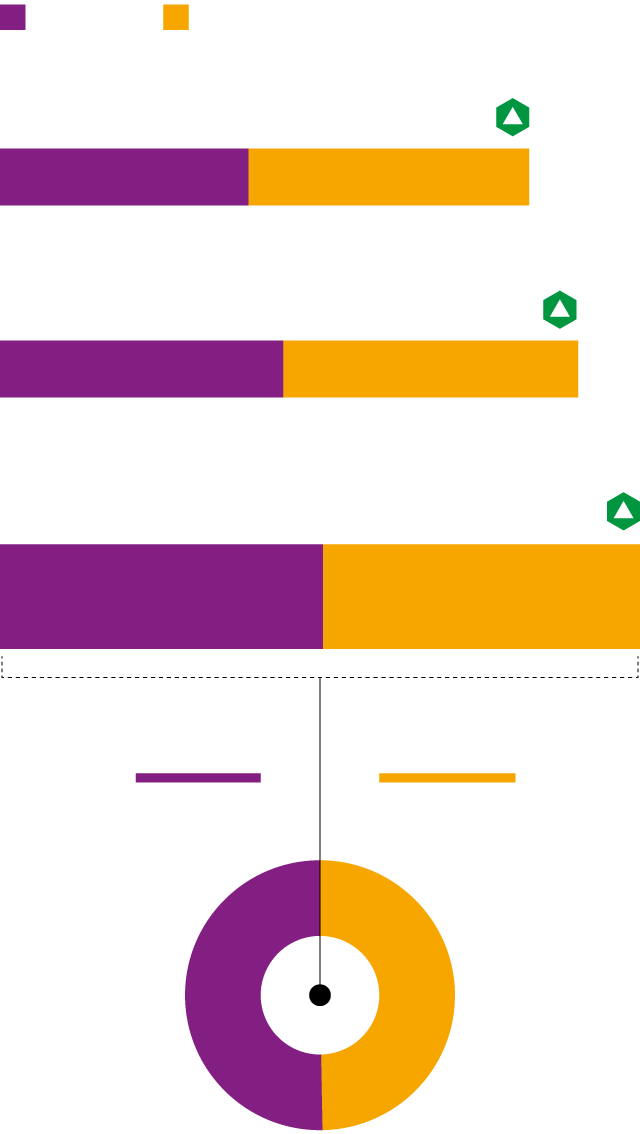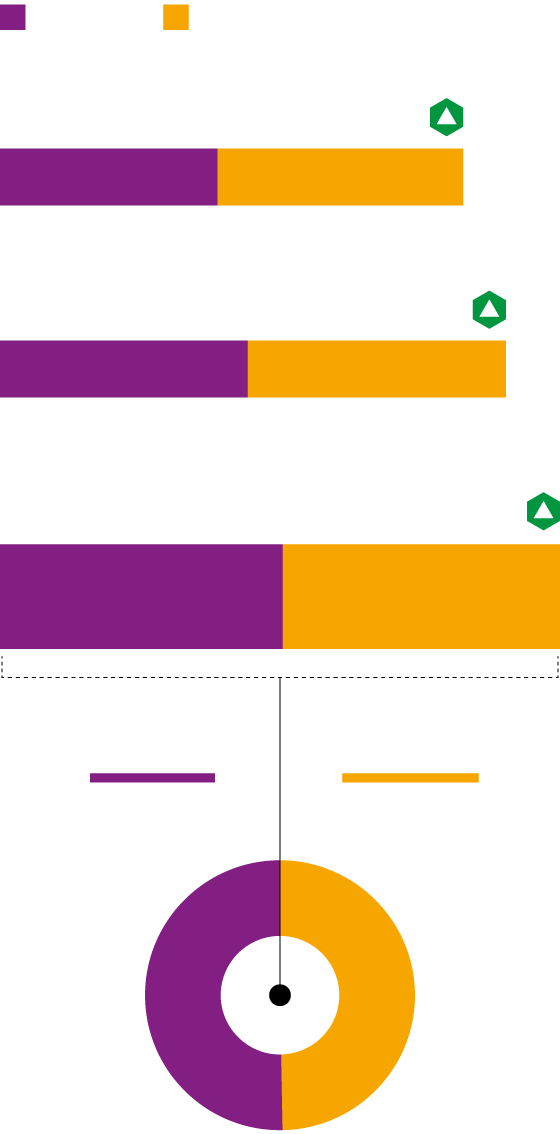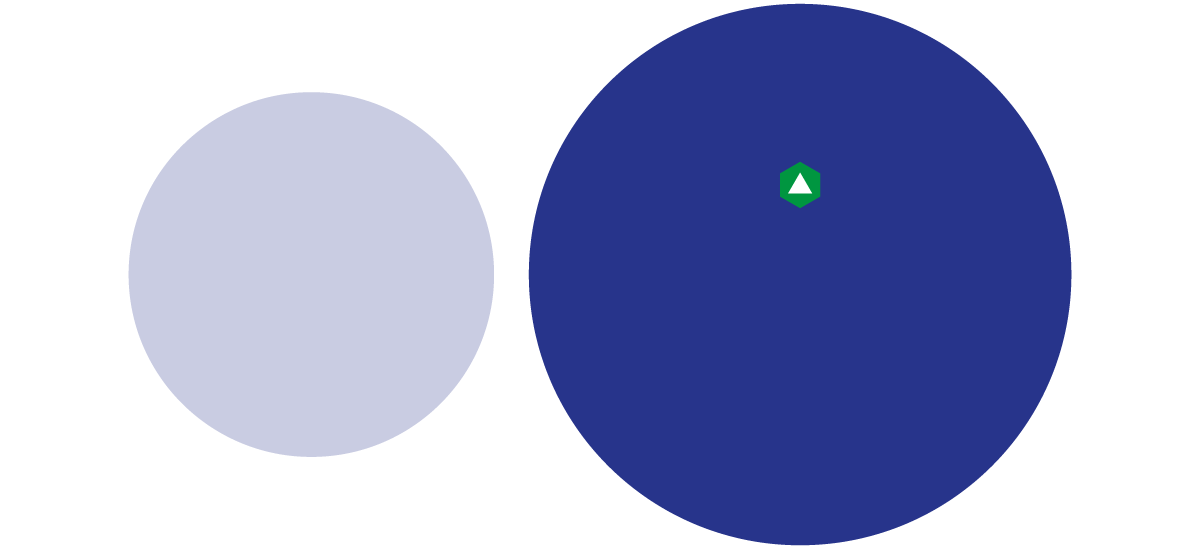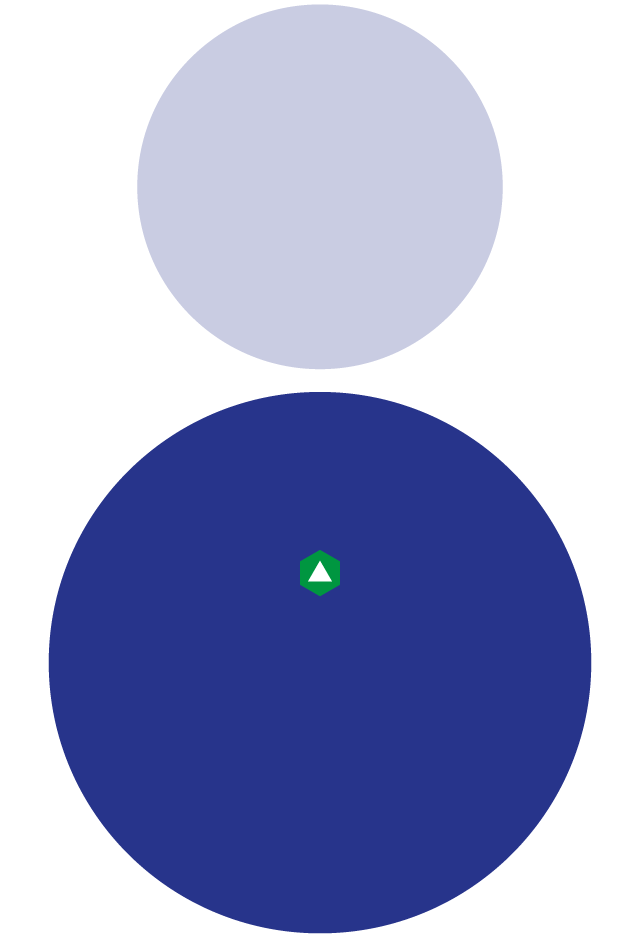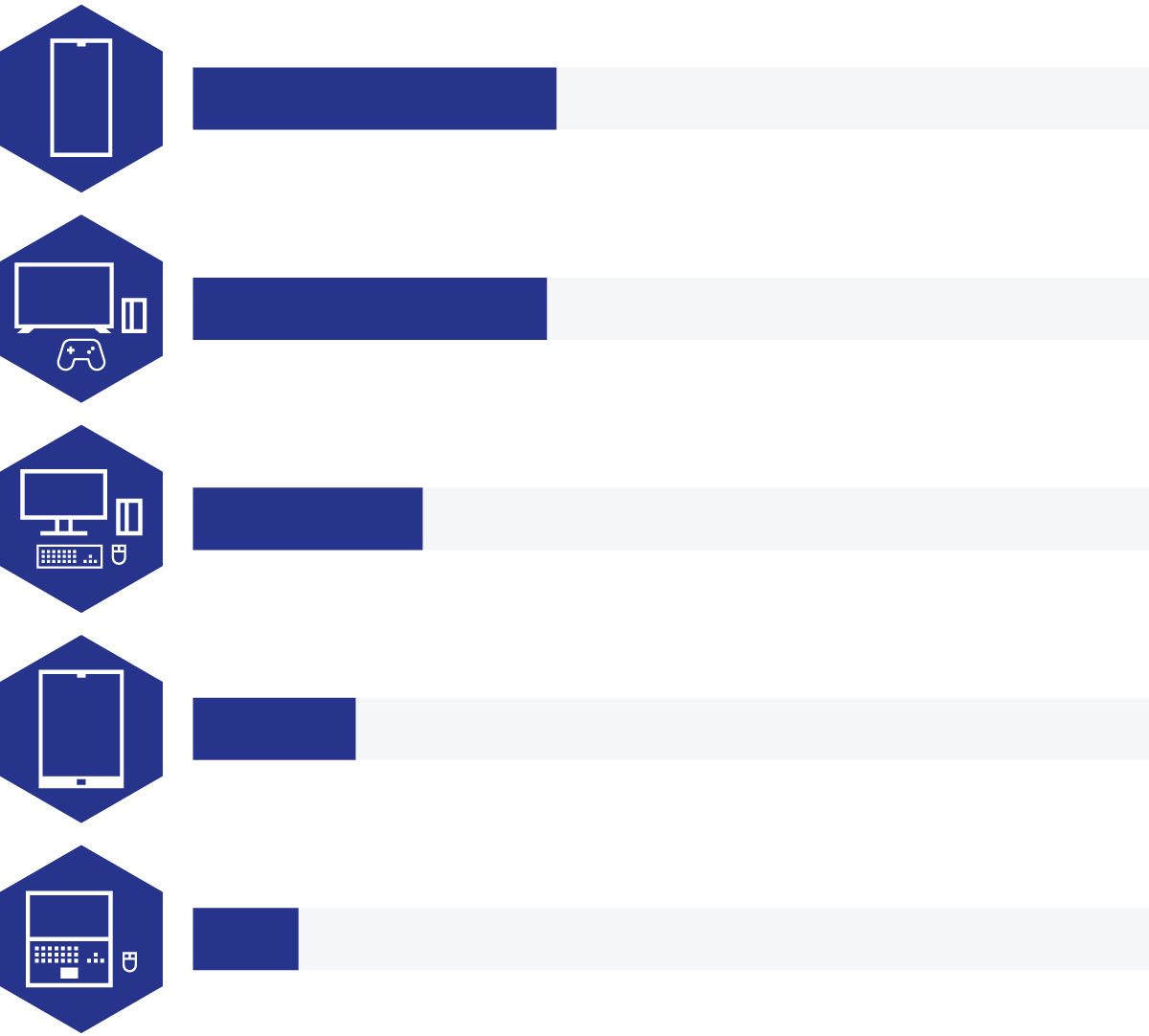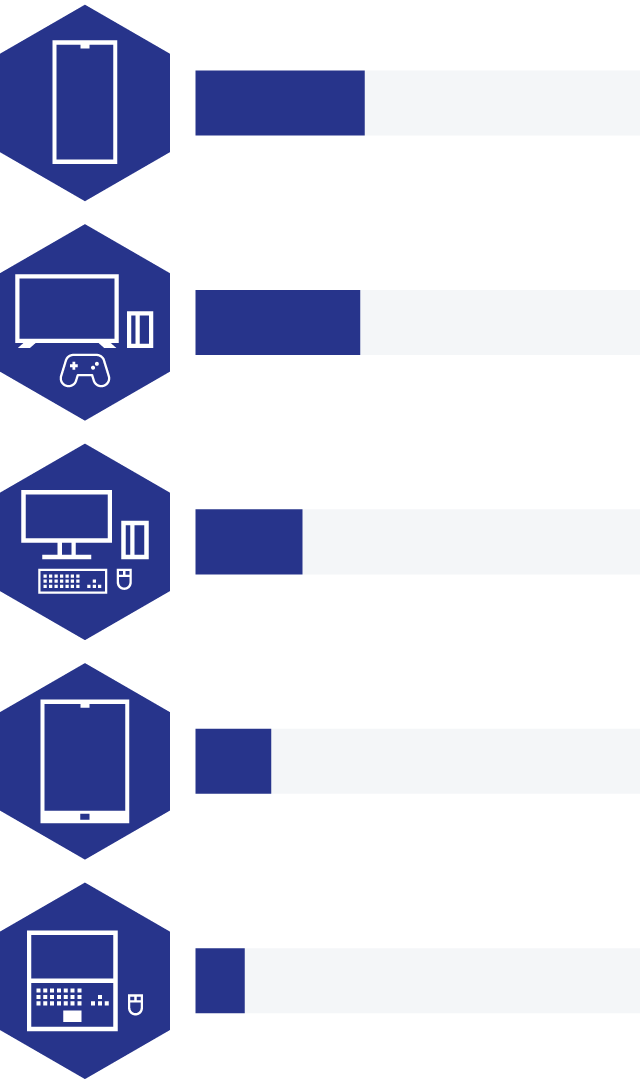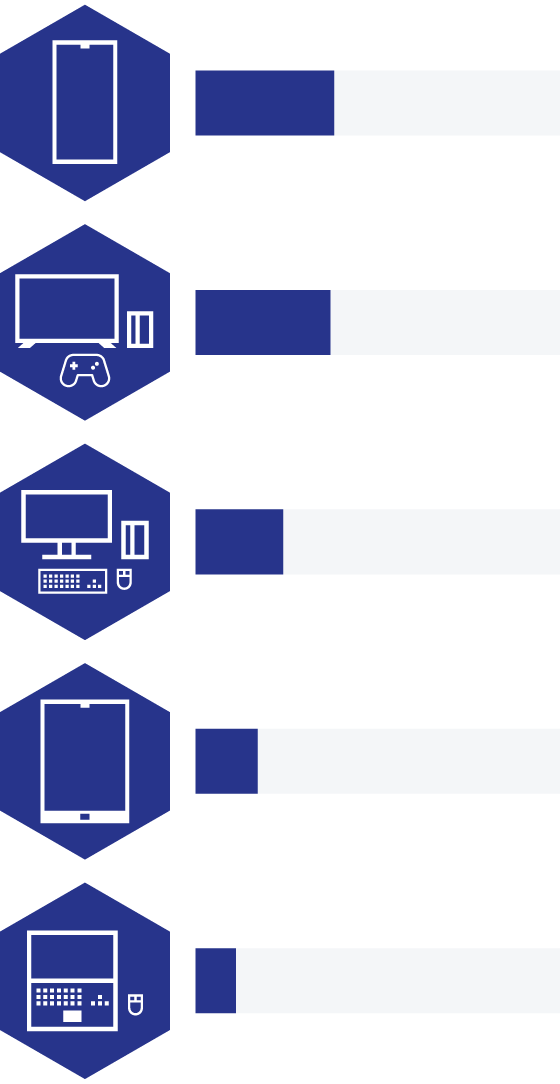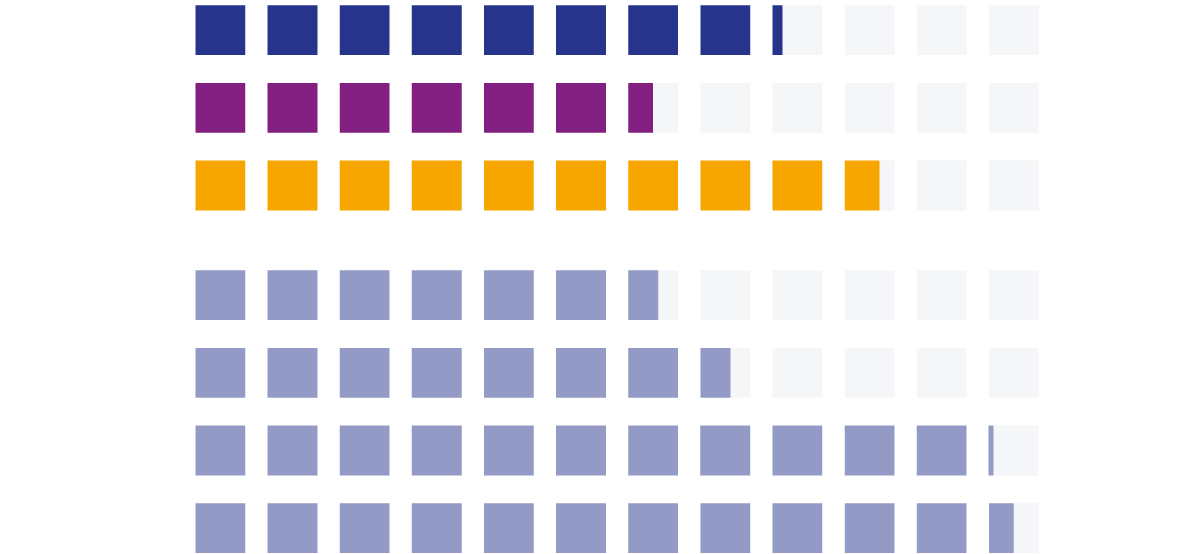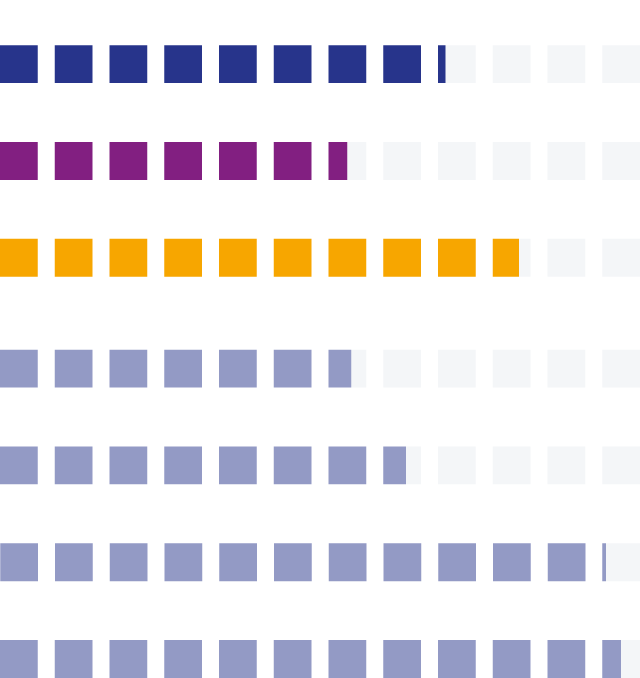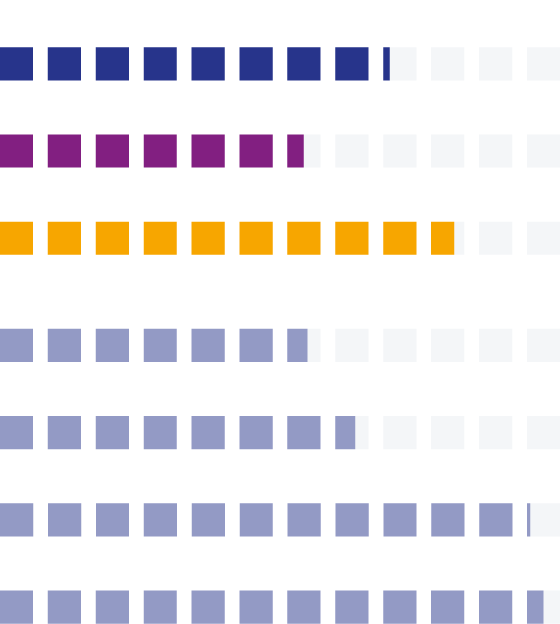Female gamers: For the first time, more women are enjoying video games.
We analyze the profile of players and other industry figures based on data from the AEVI (Spanish Video Game Association) yearbook.


A huge sector
It's become quite common in recent years for the video game industry to gross more than other entertainment formats such as music or film. Furthermore, despite the post-pandemic crisis facing the industry, video game revenue in Spain continues to rise.
However, the growing revenue contrasts with the decline in unit sales, both of consoles and accessories, as well as video games themselves. The decline in equipment sales may be due to the generational shift and the life cycle of the major companies' consoles. For example, we will have to wait and see the impact of the launch of Nintendo's new console next year, as the current model has been on the market since 2017.
Finally, regarding the volume of video games sold, the decline in the total figure can be explained by the rise of subscription services, similar to streaming platforms. These services offer large catalogs of titles—and countless hours of entertainment—without the user having to purchase the game itself.
Trend towards digital
As is the case in so many other areas of life, the video game industry is becoming less tangible and ties its revenue to virtual expenses. Digital revenue now accounts for two-thirds of total revenue, and the trend is progressive and strong year after year, strengthening online commerce and digital games.
The decline in hardware sales may be linked to factors like those mentioned above, but the decline of physical gaming is a shadow that has been hanging over the sector for some time, in addition to instilling fear among more collector-oriented gamers. Digital stores, mobile apps, and online service subscriptions continue to grow significantly.
More players, and more women than men
Although not all sales figures are increasing, the number of people playing video games is unstoppable. The 22.1 million gamers in Spain in 2024 will be equivalent to almost half the population, according to the INE (National Institute of Statistics and Census), or, in other words, one in two people will play video games. A notable fact, which breaks a common stigma, is that, despite the fact that there is considerable gender parity, for the first time more women have been registered among video game fans.
The age of the players
Regardless of gender, the data indicates that the vast majority of young people are video game fans, especially in the 11- to 24-year-old age group, where the figures exceed 90%.
While the trend seems to be that this hobby is abandoned with age, it's important to keep in mind that we're talking about a relatively young medium and that older generations have never fully acquired the habit of playing video games. Furthermore, the trend of sharing video games with their families has grown significantly in recent years: it has even more than doubled. The most recent data indicates that 4 out of 5 parents share video games with their children.
Habits and platforms
If we delve deeper into the habits of these players, we can see that mobile is the most popular platform for gaming, but not far behind consoles. It's important to keep in mind that some players may use multiple platforms and account for more than one percentage.
If we look at the average amount of time spent gaming, in Spain, people spend about 8.2 hours per week, or just over an hour a day. The data varies by gender, showing that men spend the most time on average. Gaming frequency must also be taken into account, as some people only play sporadically throughout the month, while others spend hours playing daily.
Finally, in other European countries, the hours increase significantly in the more northern territories, possibly because the cold does not allow for as much outdoor activity. Spain seems to be no different from the Mediterranean average, although the Italian peninsula is where people spend the least amount of time gaming.
